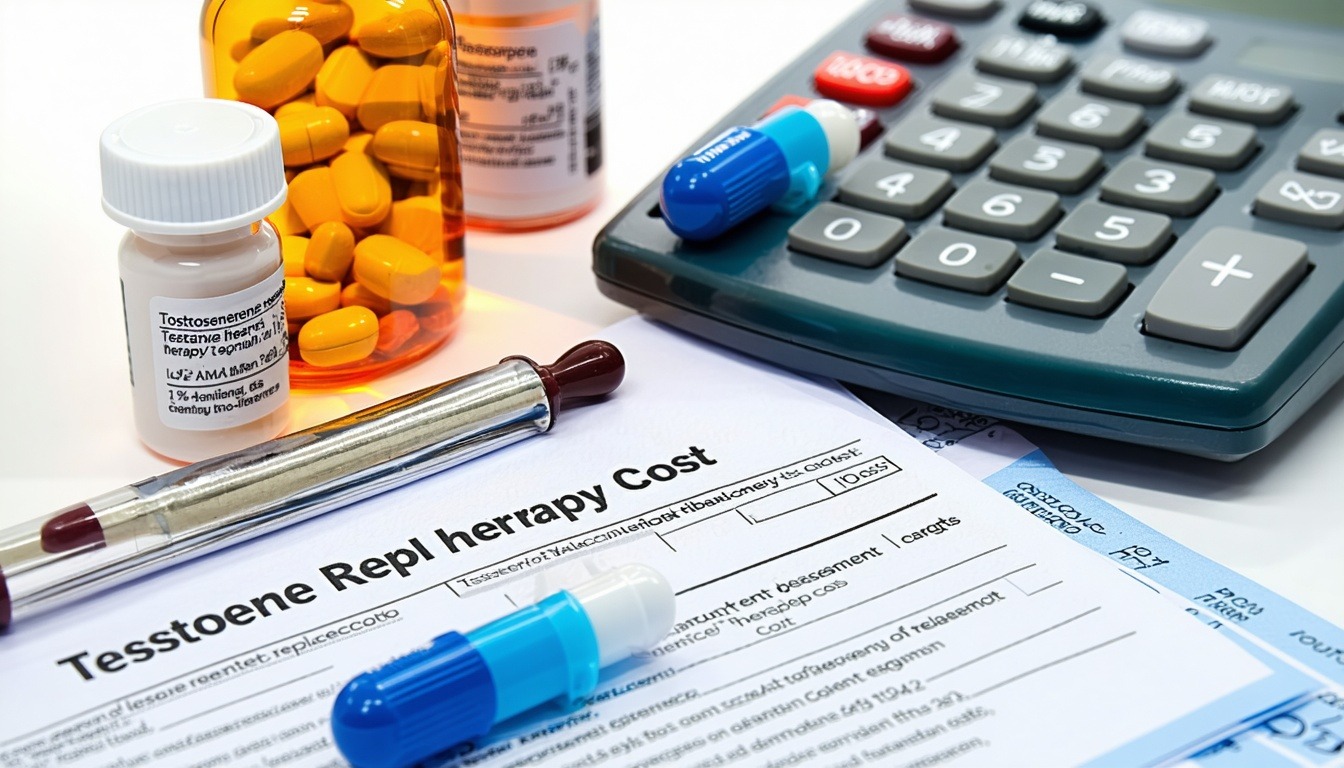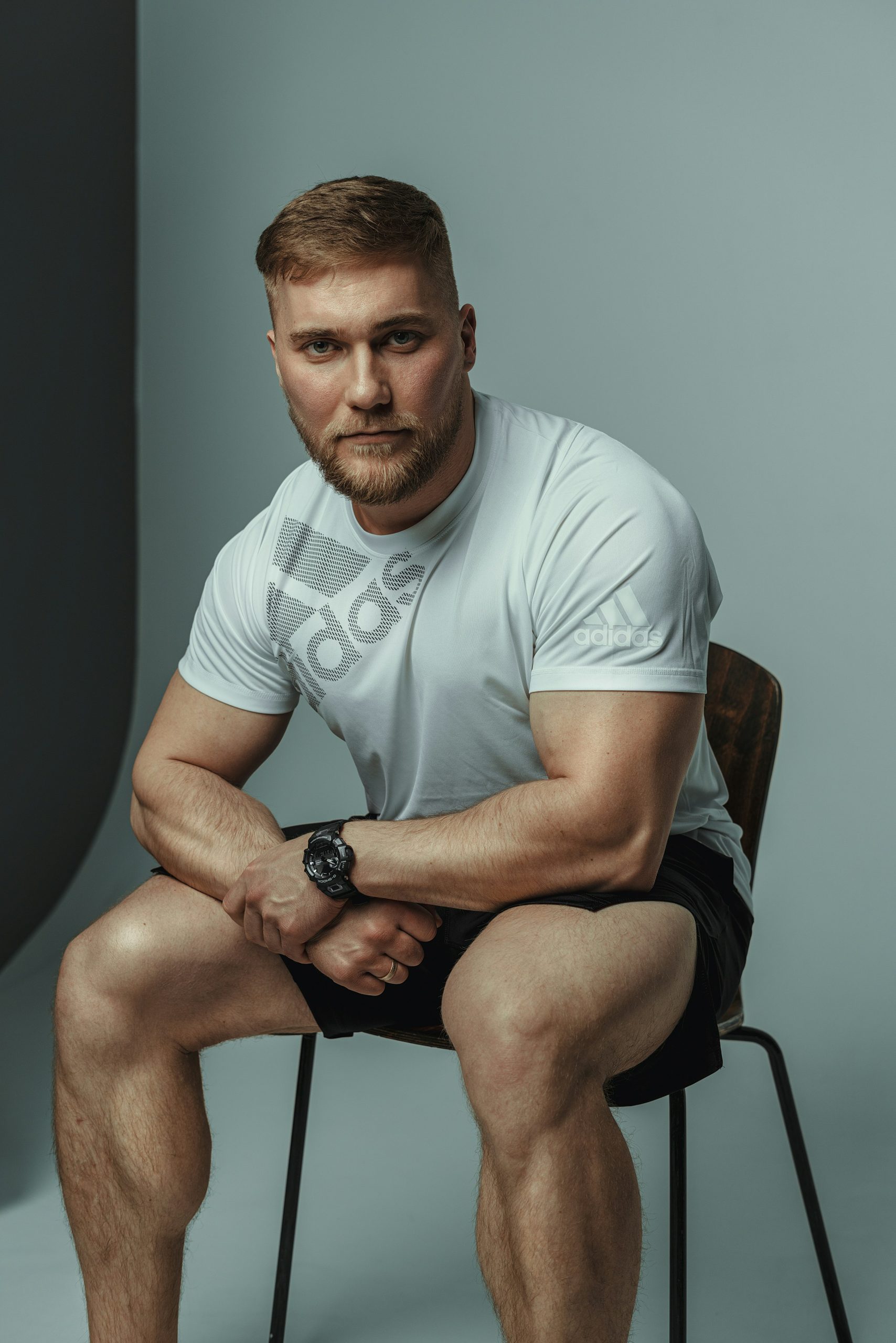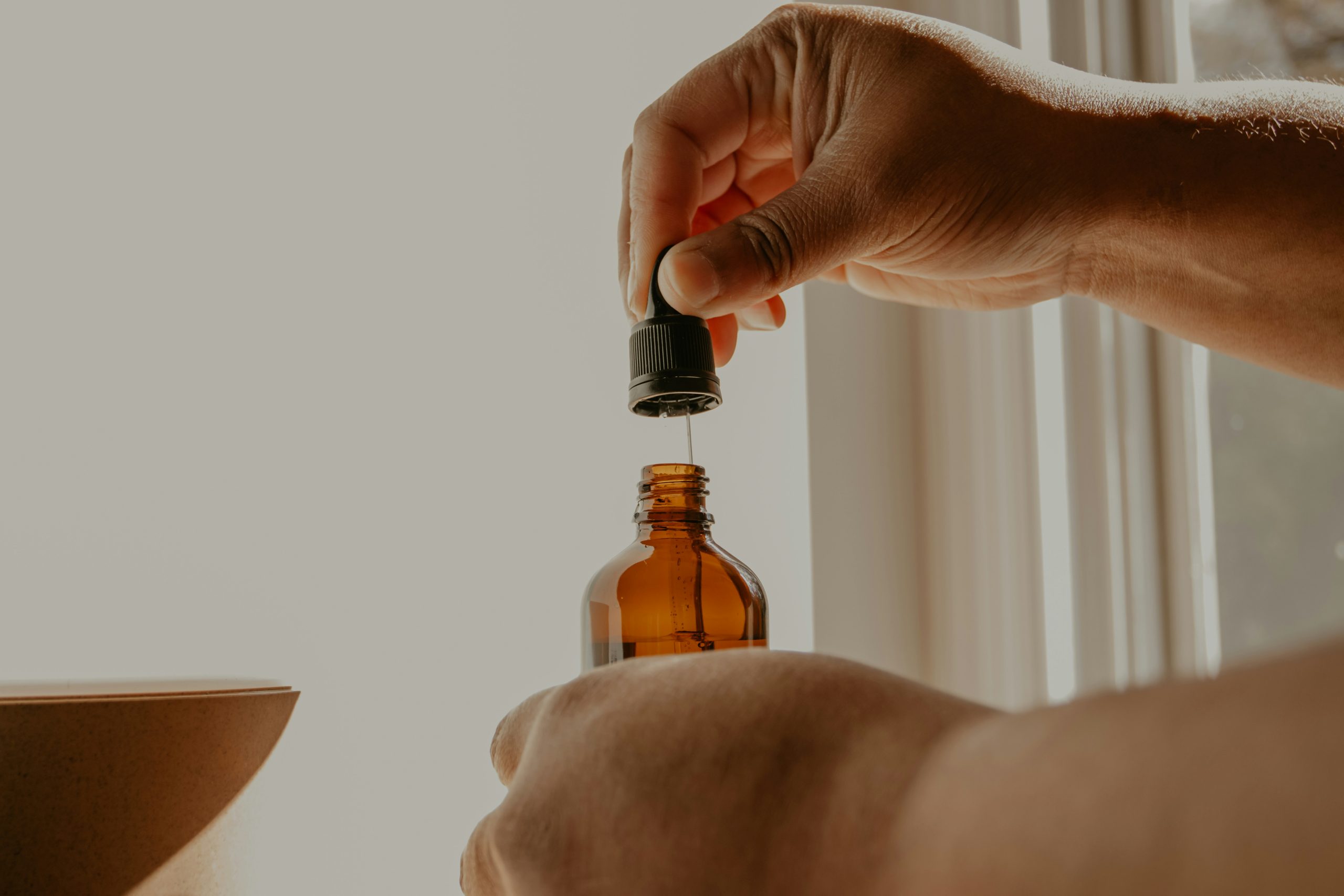Author: support
-

Unlocking vitality: Testosterone replacement therapy cost explained
Revitalize your vitality with testosterone replacement therapy cost explained! Empower your health journey now.
-

Understanding Testosterone Replacement Therapy Cost: A Friendly Guide
Discover the real cost of testosterone replacement therapy and take charge of your health journey today!
-

Testosterone Replacement Therapy Side Effects: A Friendly Overview
Discover potential testosterone replacement therapy side effects and make informed choices for your health journey.
-

How to Choose the Right Testosterone Replacement Therapy Clinics
Unlock the best testosterone replacement therapy clinics for you! Reinvigorate your vitality and reclaim your health today.
-

How Testosterone Replacement Therapy Injections Can Boost Your Mood
Revitalize your mood with testosterone replacement therapy injections. Discover how to boost your well-being today!
-

What You Need to Know About Testosterone Replacement Therapy Risks
Discover the risks of testosterone replacement therapy. Your health and well-being matter – understand the facts.
-

Elevate Your Well-Being with Testosterone Replacement Therapy Near Me
Revitalize with testosterone replacement therapy near you! Regain vitality and confidence effortlessly.
-

Get Fit Faster: Hormone-Optimized Training Strategies for You
Supercharge your training with hormone-optimized strategies tailored for maximum gains! Get fit faster now!
-

The Secret to Faster Gains: Hormone-Optimized Recovery Methods
Boost your gains with hormone-optimized recovery methods! Maximizing performance for gym-driven men 25-45.
-

Achieve Peak Performance with Hormone-Optimized Workout Routines
Unleash your potential with hormone-optimized workout routines for peak performance! Your key to a stronger, fitter you!